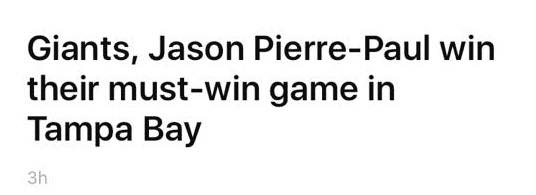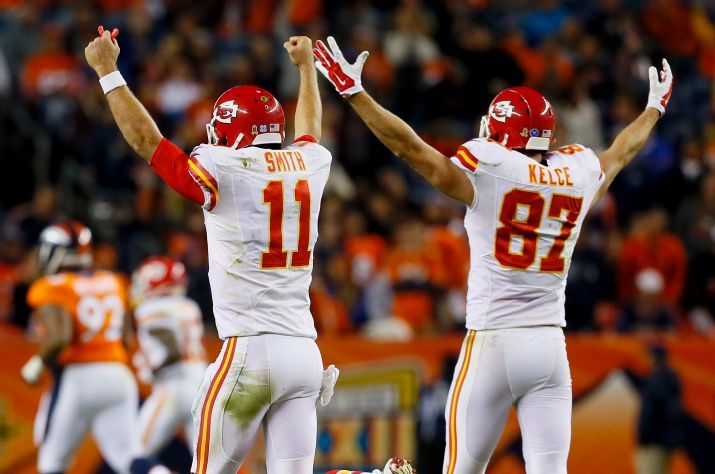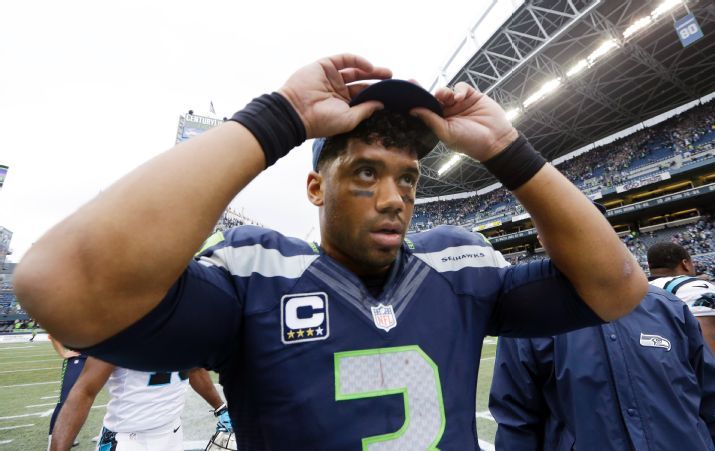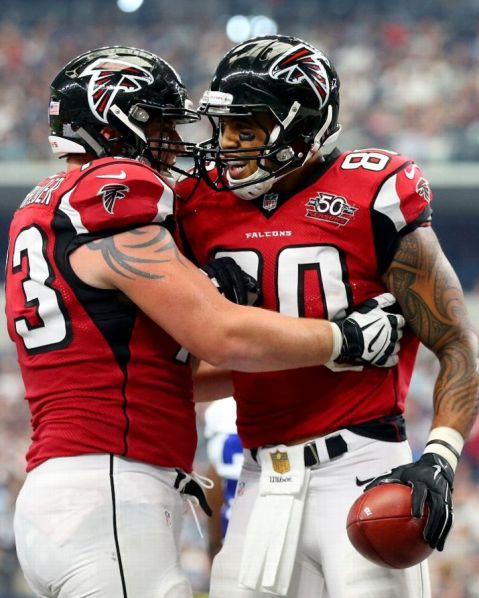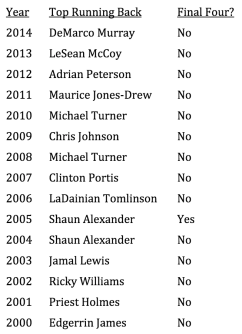Tyler Hilinski’s death and the future of football
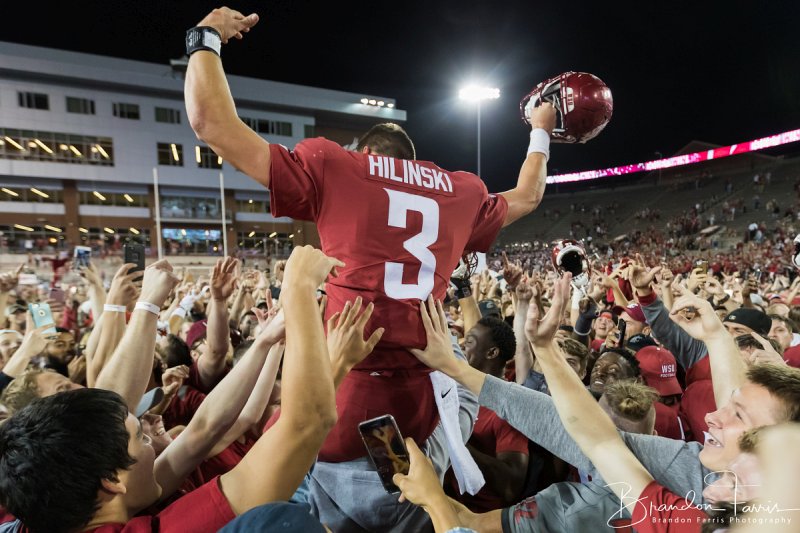
Earlier today, Sports Illustrated released a gut-wrenching article detailing the aftermath of Washington State QB Tyler Hilinski’s suicide and more specifically, his parents’ search for answers. Hilinski committed suicide in January of this year, shocking his team, family, and community and prompting them all to think about how his death could have been prevented. How they could have prevented it. You can read the article for yourself and find that his family never does find a satisfying answer. Tragedies like these rarely do. However, there is one point in the article where it appears the family comes close:
[Tyler’s mother] didn’t want to blame football—to be clear: she does not blame football—and yet the diagnosis also gave her family its clearest and, in some ways, only known factor in his death. “It helped us to know,” [Tyler’s brother] says, “that a) there was something wrong and b) that he was hurting and we couldn’t understand it. It was, O.K., we have a legitimate why. That’s enough of that.”
The diagnosis the article refers to is Stage 1 CTE, found when the Mayo Clinic examined Hilinski’s brain after his death. CTE is about as big a topic in football today as any issue in sports. We’ve heard of plenty of former football players suffer from the horrid effects of CTE, the NFL paying billion dollar concussion settlements, and reports of CTE affecting players of all kinds of positions and ethnic backgrounds. But the attitude among many fans is an unsympathetic, albeit legitimate, one: “NFL players know the risks of the game and they get millions of dollars to accept those risks.” I have my own qualms about this line of thinking, but the core sentiment is easy to understand. Anybody can see that football is aggressive and dangerous. And players do get paid exorbitant amounts of money. And many players have expressed that even with today’s knowledge of the harmful symptoms of CTE, they’d take the money again. This time, however, CTE has reared its ugly head in a way that is impossible to ignore or pass off as “accept the risks.”
First off, doctors said Hilinski’s brain looked like that of an elderly man. As in, his brain had deteriorated to a point comparable to a 65-year-old’s brain. At age 21.
Second, Hilinski only played 11 games in college. That’s microscopic compared to the amount of games NFL players have under their belt, yet he still had the same brain disease that has been found in many of them.
Third, Hilinski was a college athlete. We knew this, but it’s worth repeating because he didn’t accept exorbitant amounts of money to play football. He played because he loved it.
With that information combined with the fact that depression is a common symptom of CTE, it can be easy to connect the dots between football and Hilinski’s suicide. But should we? Plenty of people, college athletes especially, suffer from depression without CTE. And although depression is a symptom of CTE, we still don’t know if this brain disease is what directly caused his depression. As quoted above, his parents don’t blame football. Yet it feels impossible to think that CTE didn’t have something to do with Hilinski’s death and his brother expresses as much when he says Tyler was “hurting and we couldn’t understand it.” Even if we can’t prove it, the fact that CTE could have led to Hilinski taking his own life at such a young age is terrifying. And the more we learn about it, the more it feels like there is nothing football can do.
Along with depression, other symptoms of CTE include impulsive behavior, memory loss, emotional instability, and substance abuse. With what we know right now, CTE will likely never be the cause of death. It can, however, lead to behaviors that can lead to death. There is an already long and growing list of former players that had CTE and were clearly not right in their final days:
Junior Seau (committed suicide, age 43)
Tyler Sash (overdose of pain medication, died at age 27)
Mike Webster (suffered from depression and dementia, died at age 50)
Dave Duerson (committed suicide, died at age 50)
Justin Strzelczyk (died in a car crash fleeing from police, age 36)
Terry Long (committed suicide by drinking antifreeze, age 45)
Andre Waters (committed suicide, age 44)
Aaron Hernandez (committed murder and then suicide in prison, age 27)
Jovan Belcher (committed murder-suicide, age 25)
This is far from the definitive list of players with both CTE and erratic, inexplicable behaviors. Yet it’s important to note that in many of these cases, it’s not exactly prudent to link CTE directly to their behaviors. In the cases of Hernandez and Belcher especially, do we blame football for their murders? Or were they just bad people to begin with? Correlation does not prove causation, you know the story. But what we do know is that CTE is a horrible disease and after enough of these instances, coincidence just doesn’t suffice as an explanation.
The cause of CTE, however, is the much more alarming part of this story. CTE is caused by repetitive blows to the head, many of them being sub-concussive hits. In other words, hits to the head that don’t cause concussions lead to the slow and steady development of CTE. So a player that goes his entire career without a concussion may very well still have CTE. Personally, I’d be surprised if a vast majority of NFL players didn’t have CTE, but this is just my own speculation. What I do know is that the rule changing and the new tackling techniques in the NFL and at the youth level is not much help in the way of preventing CTE. They may work to prevent concussions, but not CTE.
So let’s just say it for what it is. With the technology currently available, there is no way to prevent CTE without fundamentally changing the game of football.
So what does that mean for the future of football? That question is too big for me to answer. I can only wonder. We already know that participation in youth football has dipped and with more tragedies like Hilinski’s, more and more parents may be pressed to push their children towards baseball or basketball. Speaking personally, I would never let a future son of mine play football. It’s not the absolutist attitude I see myself having often as a parent, but the risks are just too great. But are there enough of these types of parents around to make an impact on football’s future? Will many fans stop watching as we learn more about CTE? The sport will still pay and the product will still be there for fans so it’s hard to envision a scenario where football goes away any time soon.
To be clear, I’m not asking for football to go away. I love football. I understand it’s extremely dangerous and I still watch. But with a 21-year-old committing suicide with a teammate’s rifle without so much as a goodbye or I love you in his suicide note, we’re forced to ask: what are these players really getting into? Is it possible for a 21-year-old to know the risks? An 18-year-old? A 14-year-old? As seen from the list of players earlier, this is not the first instance of CTE being correlated with a shocking death. To me, however, it is the most terrifying. And with it, we’re only left to wonder how to prevent it in the future.

















